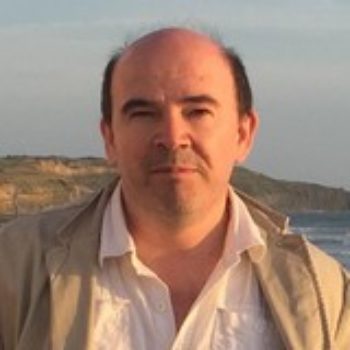
Today’s NP Interviews hosts the newly elected NP Division President François Schmitt.
François has a PhD degree from Université Pierre et Marie Curie in Paris (1993), in atmospheric turbulence, and an Habilitation degree from the same university (2001). He has stayed in Belgium during 6 years as a post-doc, working in meteorology and in fluid mechanics. He is CNRS researcher in Wimereux (North of France) since 2002. There he has been director of the Laboratory of Oceanology and Geosciences during 14 years, ending in 2019. He is now CNRS research professor (“directeur de recherche”).
Firstly, what were your feelings when you saw the elections’ results?
It was not really a surprise, since I was the only candidate. I am ready for this duty and I will do my best during my term.
Tell more about you. What are your research interests?
I work in turbulence and oceanography. I use nonlinear and scaling methods (multifractals, empirical mode decomposition, stochastic processes…) to analyze different databases. I have projects on multi-scale analysis of remote sensing ocean images. I also work on turbulence modeling and in physics-biology coupling in the ocean. For example I have also a project on the relations between turbulence and plankton.
What is your involvement in nonlinear geosciences?
In EGU I am convener of sessions and for a few years now, science officer and deputy president of the NP division. I have also written with my colleague Yongxiang Huang from Xiamen University a book published in 2016 at Cambridge University Press: Stochastic analysis of scaling time series: from turbulence theory to applications.
What is your planning for the NP Division?
I think I still need to understand better the functioning of EGU and of divisions. This will be helpful to know what can be done and in what framework. I will try to strengthen the involvement of colleagues in our division, by providing regular communication about the division and EGU. I would like also to add more biology in NP division.
What do you wish for the future of this field?
We need to convince more our colleagues that geosciences are not linear.
